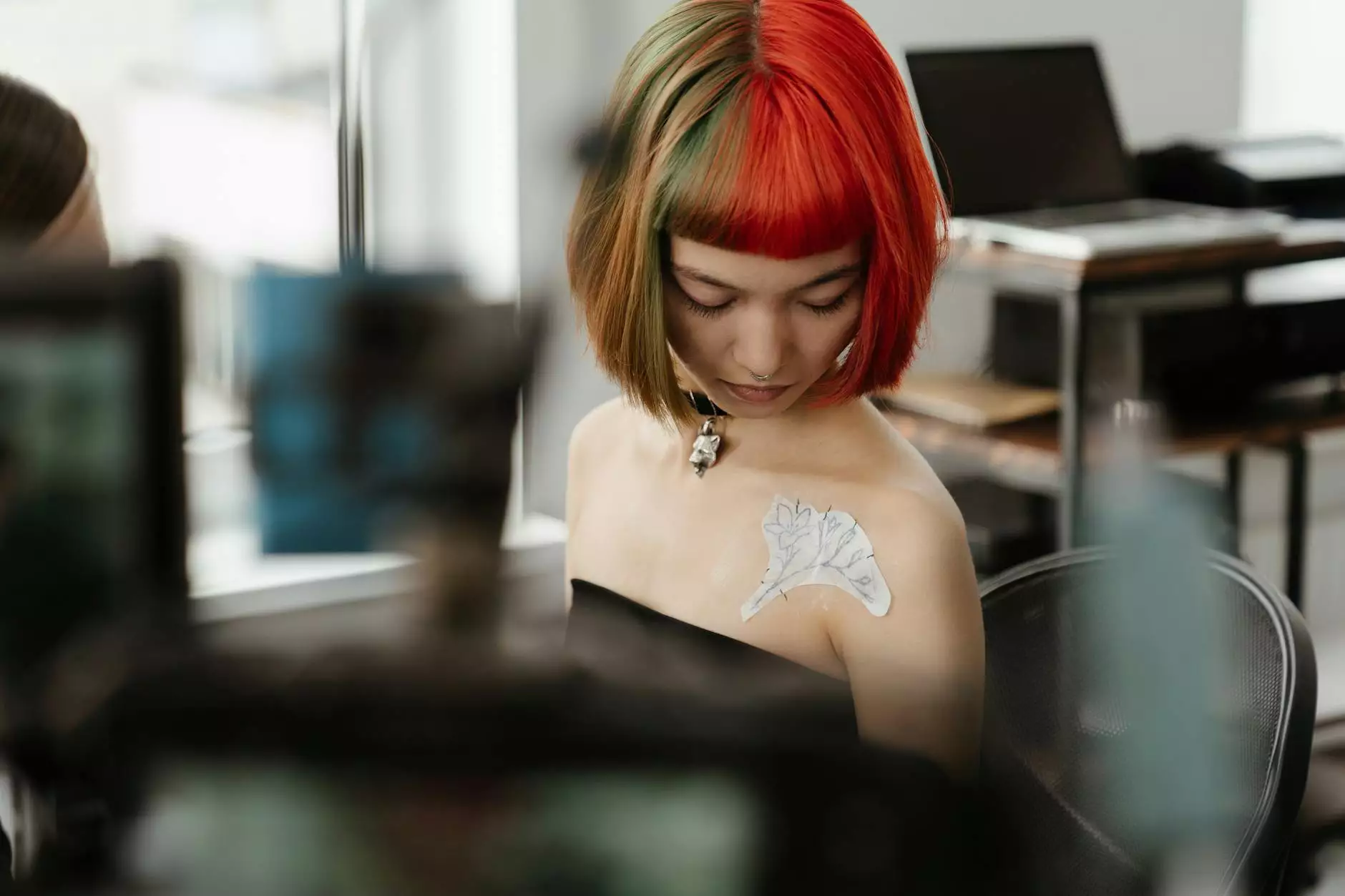Light Installation Art: An Immersive Journey Through Illumination

In the ever-evolving landscape of contemporary art, light installation art stands out as a mesmerizing expression that captivates, challenges, and transforms the spaces it occupies. This art form combines technology, creativity, and a profound understanding of perception, inviting audiences to engage with their environment in new and innovative ways.
Understanding Light Installation Art
At its core, light installation art encompasses artworks that utilize natural or artificial light to create immersive experiences. The beauty of this art form lies not only in its aesthetic appeal but also in its ability to evoke emotions and provoke thought. By integrating light into artistic installations, artists can manipulate shadows, colors, and forms, thus altering our perception of space and time.
The Elements of Light Installation Art
Several key elements define light installation art:
- Light Source: This can range from LEDs and projectors to traditional bulbs and sunlight, each providing different qualities and effects.
- Interaction: Many light installations encourage audience interaction, inviting viewers to walk through, around, or even within the installation, making their experience personal and unique.
- Environment: The context in which the artwork is placed plays a crucial role. Artists often consider surroundings, architecture, and the natural landscape to enhance the effect of their installations.
- Technology: Modern technology allows for intricate designs and dynamic lighting effects, enabling artists to explore possibilities that were once unimaginable.
The Impact of Light Installation Art on Contemporary Art
The rise of light installation art in contemporary galleries and public spaces marks a significant evolution in artistic expression. This genre adds a dimension of depth and interactivity that is often absent in traditional visual art forms. Here are a few reasons why light installation art is reshaping the art landscape:
1. Engaging the Audience
Interaction is a fundamental aspect of light installation art. Unlike static paintings or sculptures, light installations encourage active participation. Viewers become integral components of the artwork, their movements and choices reshaping the experience in real-time. This engagement invites deeper emotional connections and personal reflections, making art accessible and relatable.
2. Challenging Perceptions
Artists like Grimanesa Amorós use light as a tool to challenge perceptions of space and identity. For example, her installations often explore themes of community and cultural heritage through the interplay of light and design. By transforming ordinary spaces into extraordinary experiences, these works prompt viewers to reconsider their surroundings and the meanings they ascribe to them.
3. Fostering Community and Dialogue
Many light installations are designed for public spaces, actively involving the community and stimulating conversation. Projects can emerge from collaborations among artists, local governments, and residents, ensuring that the resulting artwork resonates with the community’s identity and aspirations. These installations become a catalyst for dialogue, prompting discussions on topics ranging from social issues to the environment.
Notable Light Installation Artists
Several pioneering artists have been instrumental in popularizing light installation art. Their unique approaches and innovative techniques have inspired a new generation of creators. Here are a few noteworthy figures:
1. Dan Flavin
Dan Flavin is often hailed as one of the pioneers of light installation art. His minimalist approach, utilizing fluorescent lights arranged in various configurations, highlights the spatial qualities of light. His works invite viewers to experience the relationships between light, color, and the surrounding space, emphasizing the medium's inherent beauty.
2. Olafur Eliasson
Denmark-based artist Olafur Eliasson is renowned for his installations that immerse viewers in unique sensory experiences. His work, such as "The Weather Project," transforms indoor spaces into vast landscapes using light, fog, and mirrors, challenging viewers' perceptions of reality and nature.
3. Grimanesa Amorós
With a focus on cultural identity and community, Grimanesa Amorós employs light in her installations to explore themes of heritage and connection. Her innovative use of technology and captivating designs not only illuminate physical spaces but also highlight the narratives and cultures they represent.
The Creative Process Behind Light Installation Art
Creating a successful light installation art involves a complex and innovative process that blends artistic vision with technical expertise. Here’s a look at the various stages of development:
1. Concept Development
The initial stage involves brainstorming ideas and developing a concept that resonates with the intended audience and theme. Artists consider personal experiences, cultural narratives, and current societal issues as they shape their vision.
2. Design and Planning
Once the concept is established, artists begin the design process. This stage often includes sketching, creating prototypes, and determining the technical requirements for the installation. Factors like scale, materials, and the integration of technology play crucial roles in this phase.
3. Implementation
Execution is where the vision comes to life. Artists often collaborate with engineers and technicians to ensure that the lighting elements function as intended. This collaborative approach ensures that the technical aspects enhance the artistic expression, creating a seamless and immersive experience.
4. Installation and Interaction
Finally, the installation takes place in its chosen environment. This stage is crucial, as the way the installation interacts with its surroundings can shape the audience's experience. Artists often conduct walkthroughs to ensure that the installation resonates with the intended message and engages viewers effectively.
Exploring the Future of Light Installation Art
The future of light installation art is promising, with technological advancements continuously pushing the boundaries of creativity. Emerging technologies such as virtual reality (VR), augmented reality (AR), and artificial intelligence (AI) offer new possibilities for interaction and engagement.
Artists are beginning to explore ways these technologies can be integrated into installations, creating multifaceted experiences that blur the lines between digital and physical realities. The incorporation of immersive environments where viewers can navigate through both virtual and real spaces is set to redefine audience engagement.
Community-Centric Projects
Moreover, as societal issues gain prominence in contemporary discourse, light installation art is increasingly being used to address these challenges. Artists are collaborating with local communities to create works that reflect collective experiences and aspirations, positioning art as a medium for social change.
A Lasting Legacy
The legacy of light installation art will be measured not only by its aesthetic contributions but also by its ability to inspire dialogue, foster community, and challenge perceptions. As more artists explore this dynamic medium, the impact of these installations on our environment and society will only grow.
Conclusion
In conclusion, light installation art represents a fascinating convergence of technology, creativity, and social consciousness. Through its engaging and immersive nature, this art form invites us to explore our surroundings and the narratives they hold. As we look to the future, the potential for growth and innovation in this area remains limitless, ensuring that light will continue to illuminate paths for both artists and audiences alike.
To explore the transformative power of light installation art, we invite you to visit Grimanesa Amorós's official website, where innovation meets culture through breathtaking illumination.









